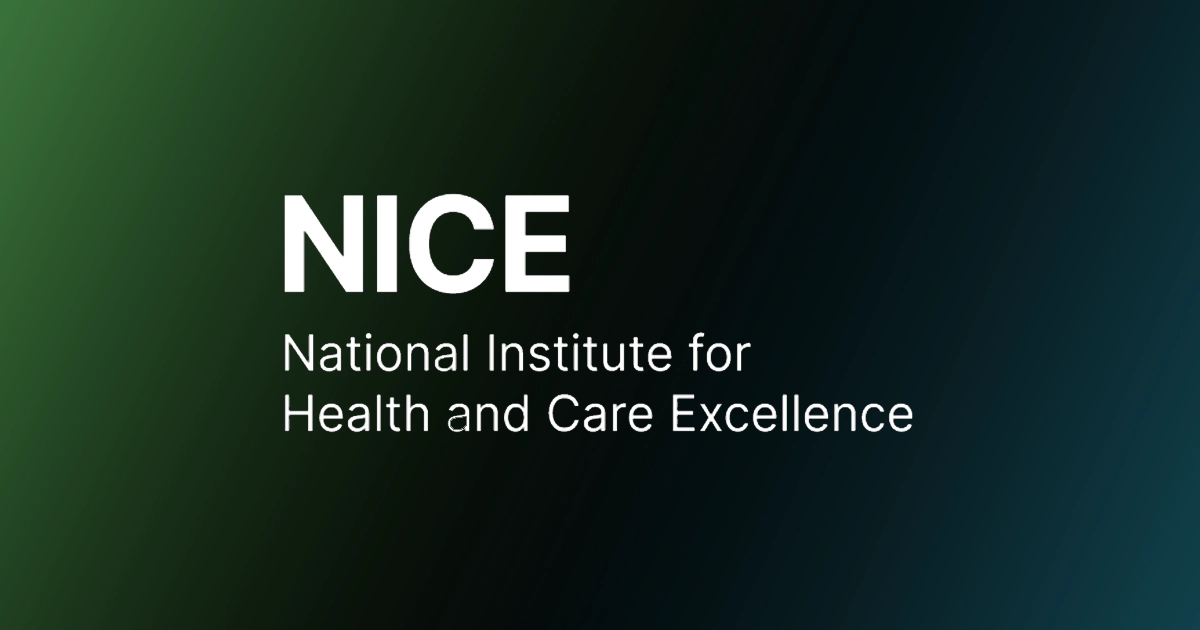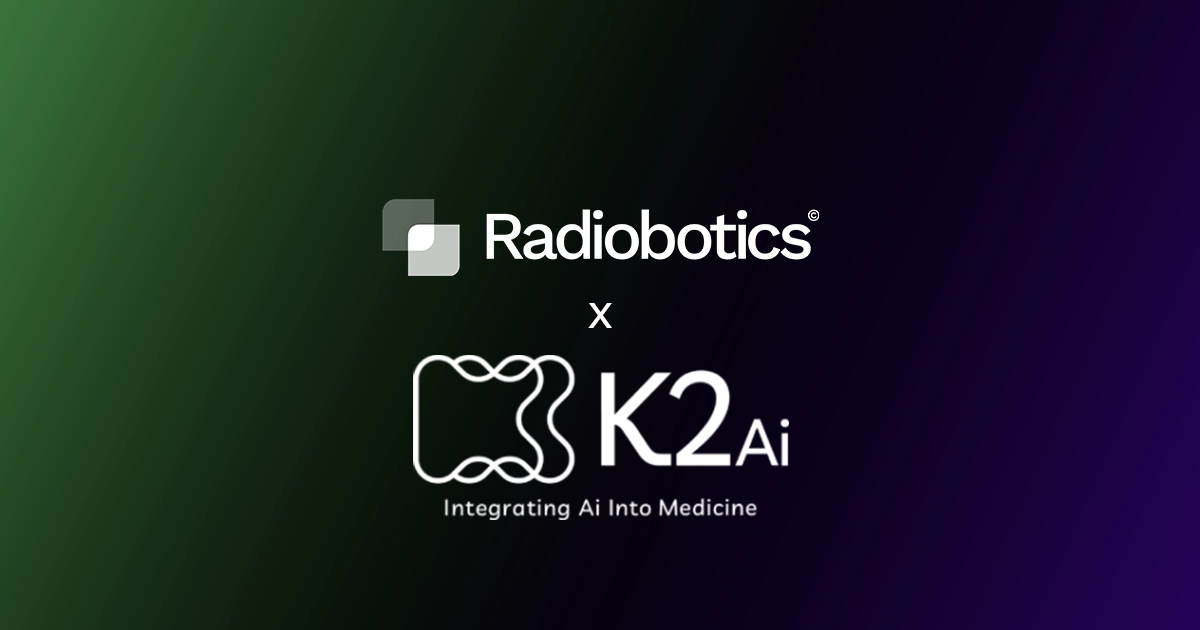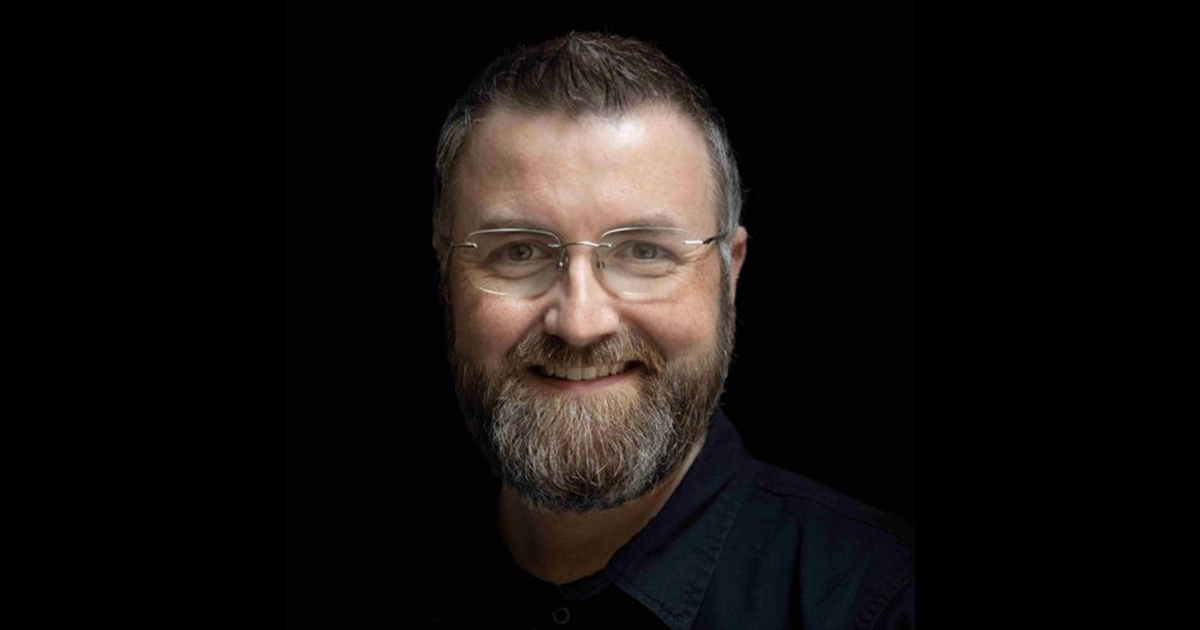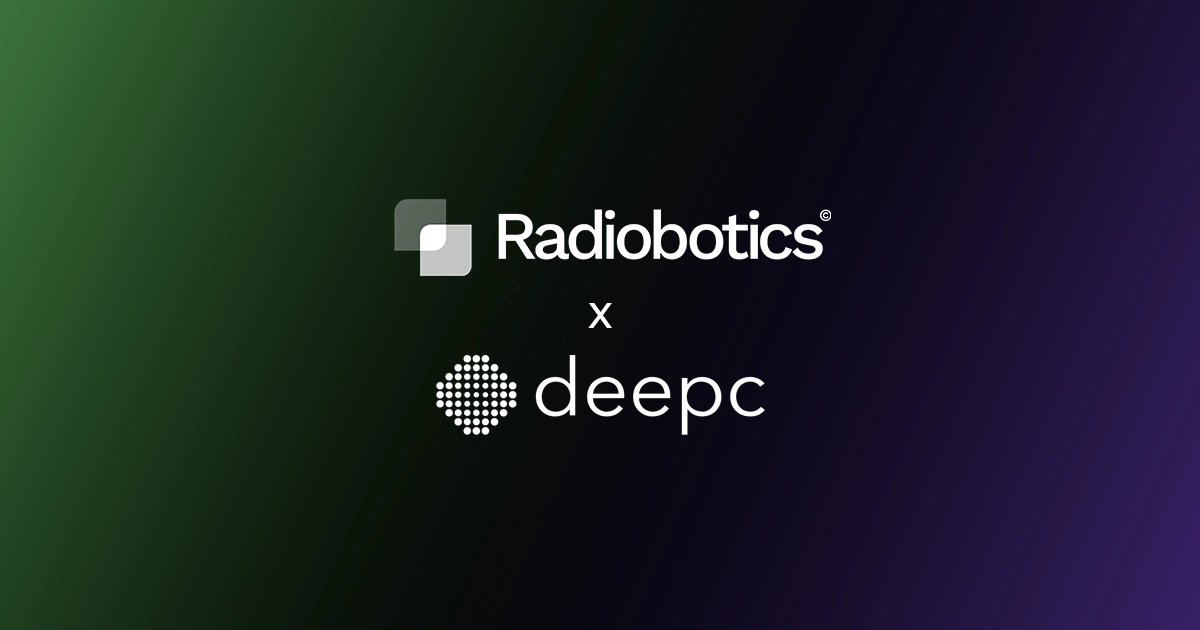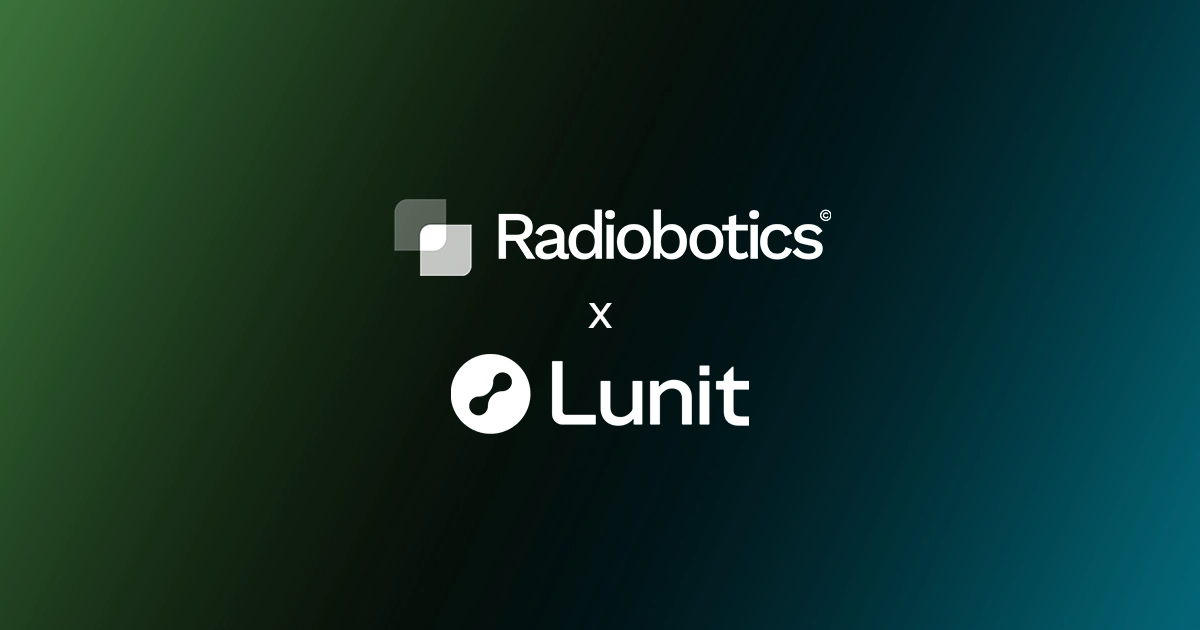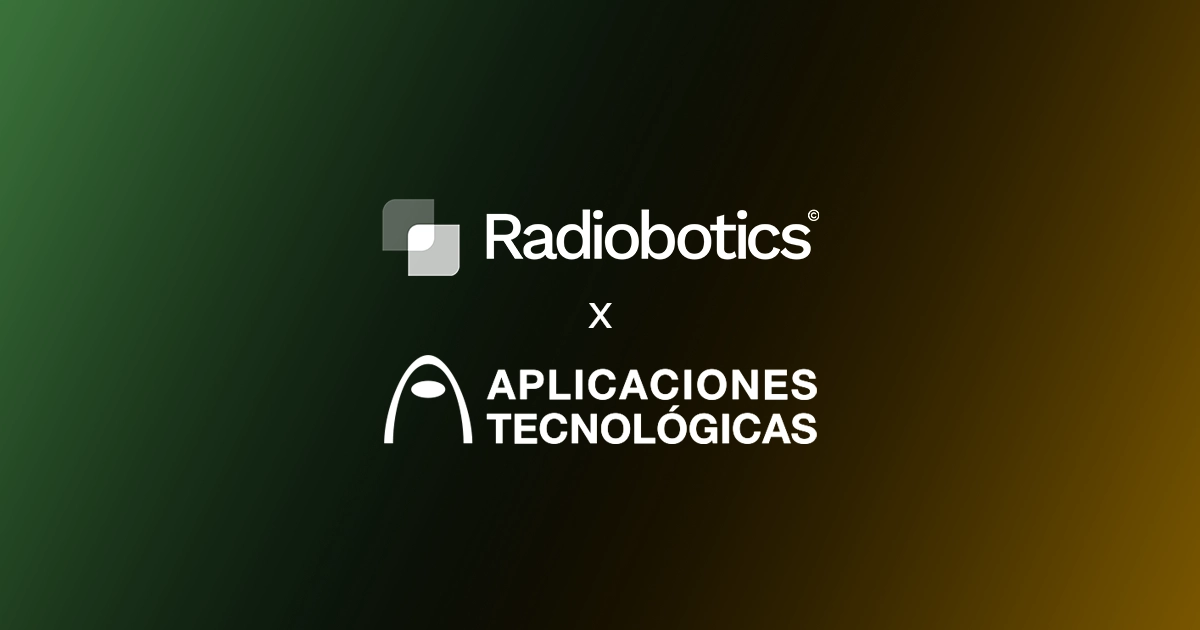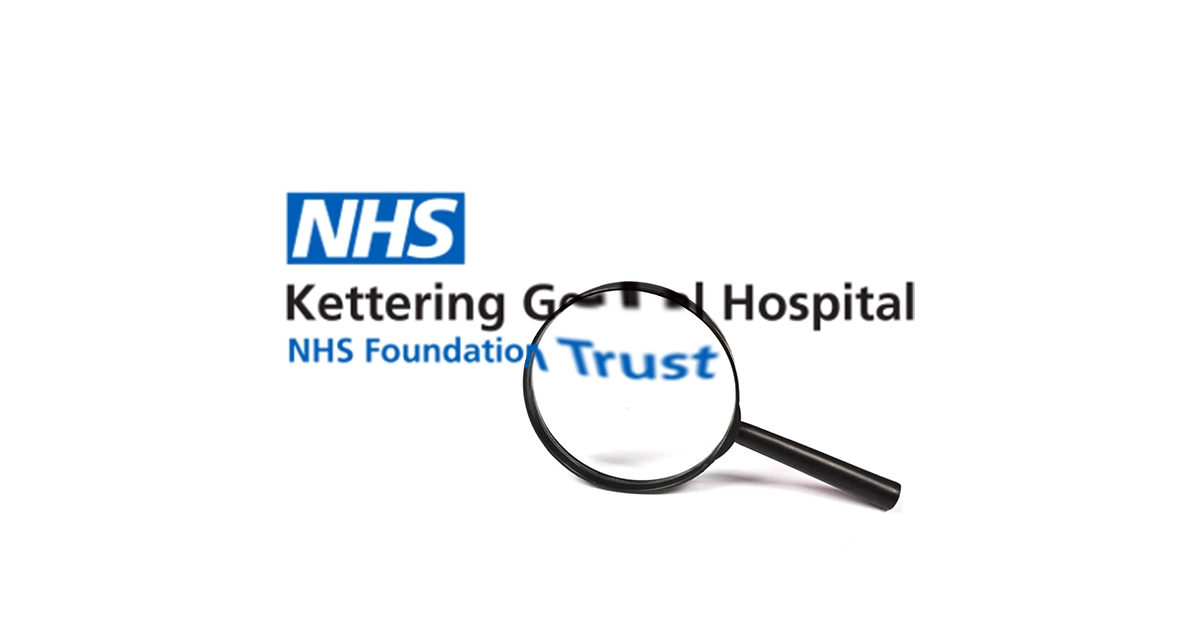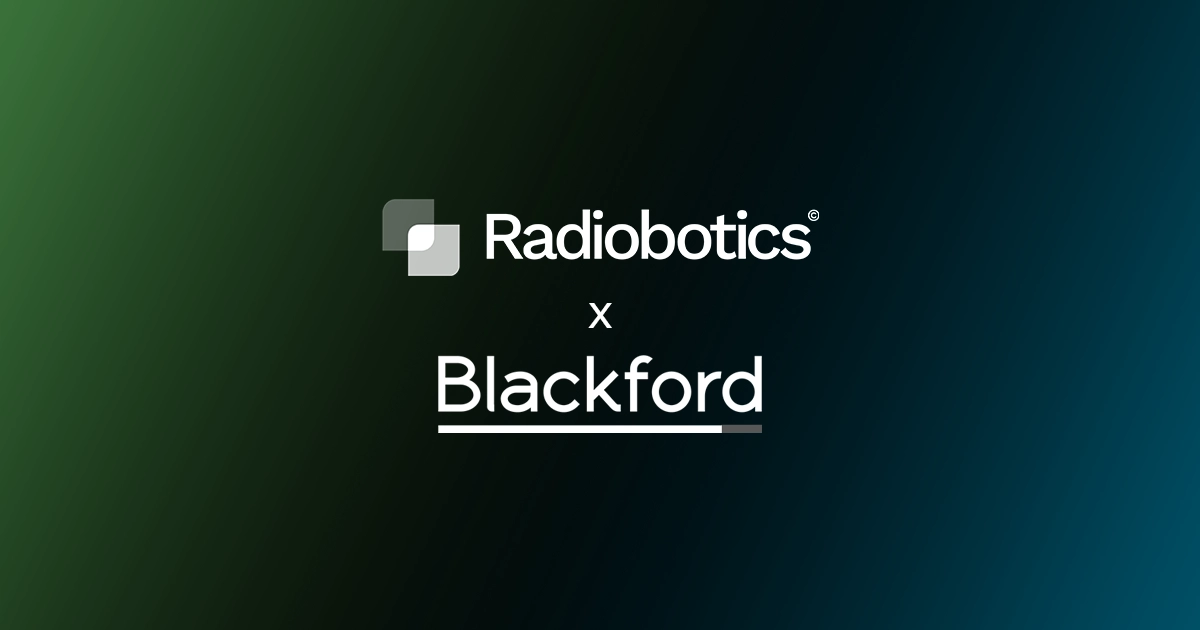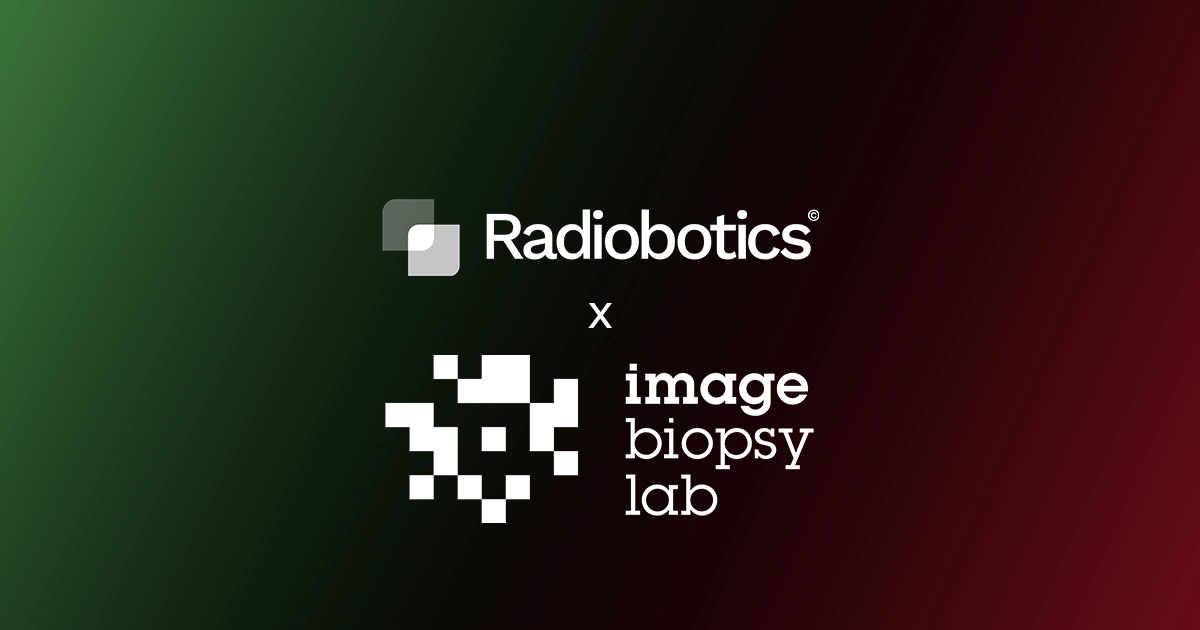Press releases
Entering your information above does not subscribe you to marketing emails from Radiobotics; it just makes it easier for us to get in touch with you. You can always read our privacy policy.
CONTACT US
General inquiries
Thanks for your interest!
Complete the form, and someone will get back to you shortly. Or find department emails at our contact us page.

